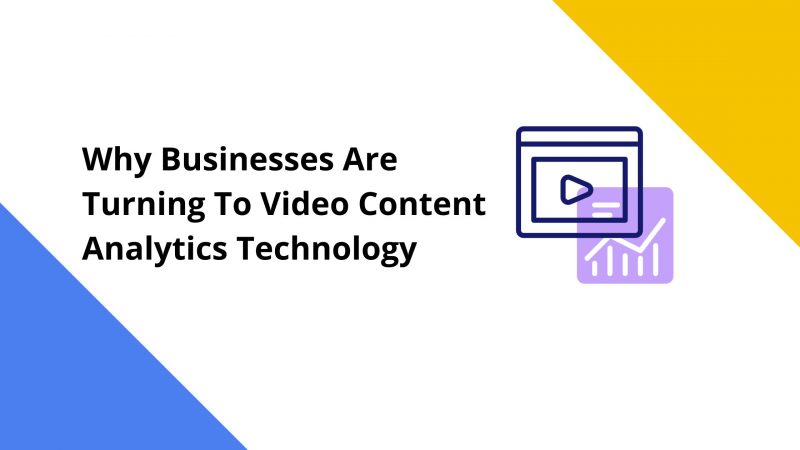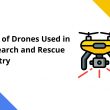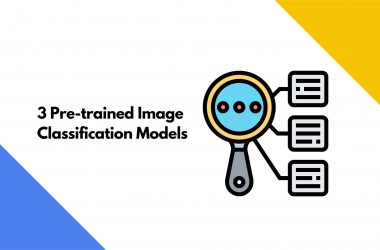The market for global video analytics is booming and expanding rapidly. We are being overrun with data that can be utilized to develop insights about various video activities due to the proliferation of devices such as smartphones and IoT. The market for video analytics is expected to expand due to the rising popularity of online video viewing and the rising need for ad platforms and video intelligence to monitor and track viewer activity across various devices.
Per smartphone, the user is expected to use at least 21GB of data each month by the end of 2024, which is at least four times more than they did in 2018. This is also anticipated to be supported by the fast-increasing number of smartphone subscriptions, which are projected to rise by 45% and total 7.2 billion by the end of the year. Additionally, in industrialized nations, the use of video streaming services is growing.
According to research, the global market for video analytics was valued at USD 5.12 billion in 2021 and is projected to grow at a CAGR of 21.05% over the forecast period to reach USD 20.7 billion by 2028. (2022-2028).
Learn More: Image Segmentation Services
Businesses Are Utilizing Any And All Chances To Obtain Consumer Insights
The market for video analytics is flourishing for a variety of reasons. First, more digital cameras than ever can record video, meaning there is a constantly expanding pool of video data that can be analyzed. Businesses are using video analytics to gain information about their customers as they become more conscious of the value of consumer insights. Businesses may monitor customers’ engagement with goods or services and spot potential improvement areas by employing video analytics.
A few further advantages that firms can gain from video analytics, according to Folio3, are the capacity to enhance customer service, develop better marketing strategies, and optimize product offers. Businesses may make wise choices about selling existing products or creating new ones by studying how customers use their products.
Businesses must thoroughly understand how the video analytics market operates if they are to benefit the most from it. Businesses should utilize video analytics’s advantages by being aware of the data collected and how it might be used.
Lack of uniformity in data collection techniques and low end-user acceptance rates are two issues the video analytics sector must deal with. Additionally, the setup expenses related to video analytics technologies prevent smaller firms from utilizing them.
The Folio3 research on the market for video analytics includes thorough market analysis, industry projection, major competitors, a picture of how they compete, and market share, among other things.
Making Use of Video Analytics in the Manufacturing Sector
The continued growth in the demand for manufactured items creates additional requirements, difficulties, and concerns for employees’ safety and security. New technology offers a different way to monitor and control safety measures and optimize process flow within the industrial processes using smart cameras, even if operational requirements change.
Video surveillance has been used since 1942. The V2 rocket launch in Germany was the first known use of a CCTV camera. Since then, installing video surveillance cameras to keep an eye on a variety of activities has spread throughout the globe.
Learn More: AI-driven Software for Drones
Use Cases For Video Content Analytics Technology The Manufacturing Sector
The AI algorithm alerts the operator if any suspicious or undesired behavior is present in the smart camera’s area of view as determined by video analytics. Manufacturing has access to several video analytics tools for quality assurance, efficiency analysis, and safety measure detection.
- Identify Safety Measures
One of the main issues in every industrial facility is worker safety. Risky activities, robotic cells, high voltage, and forklift regions are a few of the things that need to be watched over and kept under check. Businesses must ensure they can adopt video analytics solutions for industrial processes and efficiently manage their EHS risks.
- Quality Assurance
Video analytics technology can ensure quality and notify the operator of any errors at the production station. Technology automates manual task tracking and ensures a reliable and secure operation by eliminating human error.
- Efficiency Research
By continuously monitoring manufacturing lines, video analytics helps improve operations’ efficiency, enhancing productivity. As a result, organizations can obtain immediate insights regarding the factory floor, and real-time data flow is made available for production operations.
Learn More: Video Analytics Solution
Top Listed Companies Of Global Video Content Analytics Technology
Cisco, IBM, and Honeywell are the top three market participants in terms of size in the worldwide video analytics industry. These three businesses held more than 38% of the market in 2021 and are expected to continue to dominate the industry. In the market for video analytics, Cisco has risen to the top, followed by IBM and Honeywell.
Most of these businesses vying for consumers are in the industrial and security areas. The market for video analytics is enormous, and businesses that dominate it would have a significant competitive edge. Per different research, Cisco, IBM, and Honeywell can quickly invent new products and services, keeping their consumers satisfied and maintaining their clientele.
In contrast, Google and Amazon have been investing in developing or acquiring various video analytic tools, such as Nielsen’s Watchtime product, Datalogix’s Vevo Insights product, and BrightRoll’s TubeMogul product, while Facebook has been focusing on constructing its video analytic platform.
Here is a list of top listed companies in global video content analytics technology
- Cisco Systems, Inc. (U.S.)
- Robert Bosch GmbH (Germany)
- Avigilon Corporation (Motorola Solutions, Inc.) (U.S.)
- Genetec Inc. (Canada)
- Honeywell International Inc. (U.S.)
- AllGoVision Technologies Pvt Ltd. (India)
- IntuVision Inc. (U.S.)
- IBM Corporation (U.S.)
- Huawei Technologies Co Ltd. (China)
- Canon Inc. (Axis Communications AB) (Japan)










